Sector’s feet caught in cement
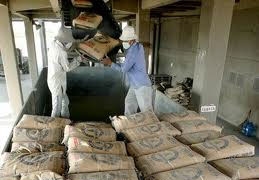 |
| illustration photo |
According to the Ministry of Industry and Trade’s (MoIT) Heavy Industry Department there would be a two billion kWh shortfall this summer. Cement producers are therefore being urged to improve technology to enhance power efficiency.
Trinh Cong Loan, board member of Vicem, which has 40 per cent of the domestic cement market share, said electricity reductions would hurt Vicem’s production.
“The lack of electricity will reduce output as well as cause loss of money to restart production lines,” said Loan.
Besides, the oversupply is challenging Vietnam’s cement sector across this year. According to the Vietnam Cement Association, Vietnam would add 12 cement factories with 10.18 million tonnes of annual capacity, then pushing up the total capacity of the whole industry to 63-65 million tonnes per annum. This capacity is much higher than the country’s cement demand in 2011 estimated at about 55-56 million tonnes.
Luong Quang Khai, director of But Son Cement Joint Stock Company, said that the firm inaugurated second production line with 4,000 tonnes of clinker per day of capacity, which was equivalent to 1.6 million tonnes per year, in early January. Total capacity of both production lines of But Son Cement hit over three million tonnes of cement per year.
Khai said that firm’s revenue hit VND1.6 trillion ($80 million), profits at VND80.5 billion ($4 million) in 2010. But, a more intensive sales plan was needed for this year.
According to Vicem, in 2011 cement firms continue to suffer loss due to the fluctuation of exchange rate, so Vicem added VND60,000 ($3) per tonnes to its cement price in order to meet increasing input costs on February 2.
“The domestic cement price is 20 per cent lower than that in other countries in Asia. The cement price stays around $42-$45 per tonnes in the north and about $60 per tonne in the south,” said Le Van Chung, chairman of the board of Vicem.
What the stars mean:
★ Poor ★ ★ Promising ★★★ Good ★★★★ Very good ★★★★★ Exceptional
Related Contents
Latest News
More News
- Hanoi welcomes Guangdong businesses to invest (November 27, 2024 | 15:21)
- The facilitation of M&As in Vietnam’s logistics sector (November 27, 2024 | 13:00)
- Viable progress made with M&As from Japan to Vietnam (November 27, 2024 | 10:43)
- Home firms make M&A presence felt (November 27, 2024 | 09:33)
- Thailand's BCPG invests $130 million in Gia Lai wind power plants (November 26, 2024 | 15:08)
- The 16th Vietnam M&A Forum: A Blossoming Market (November 26, 2024 | 13:53)
- Posco interested in $2.2 billion Quynh Lap LNG thermal power plant (November 26, 2024 | 13:50)
- $1.4 billion Nhon Trach 3 and 4 to operate in 2025 (November 26, 2024 | 13:37)
- Hung Yen focused on attracting high-tech FDI (November 26, 2024 | 13:20)
- Foreign investors flock to invest in southern provinces and cities (November 26, 2024 | 10:00)

 Tag:
Tag: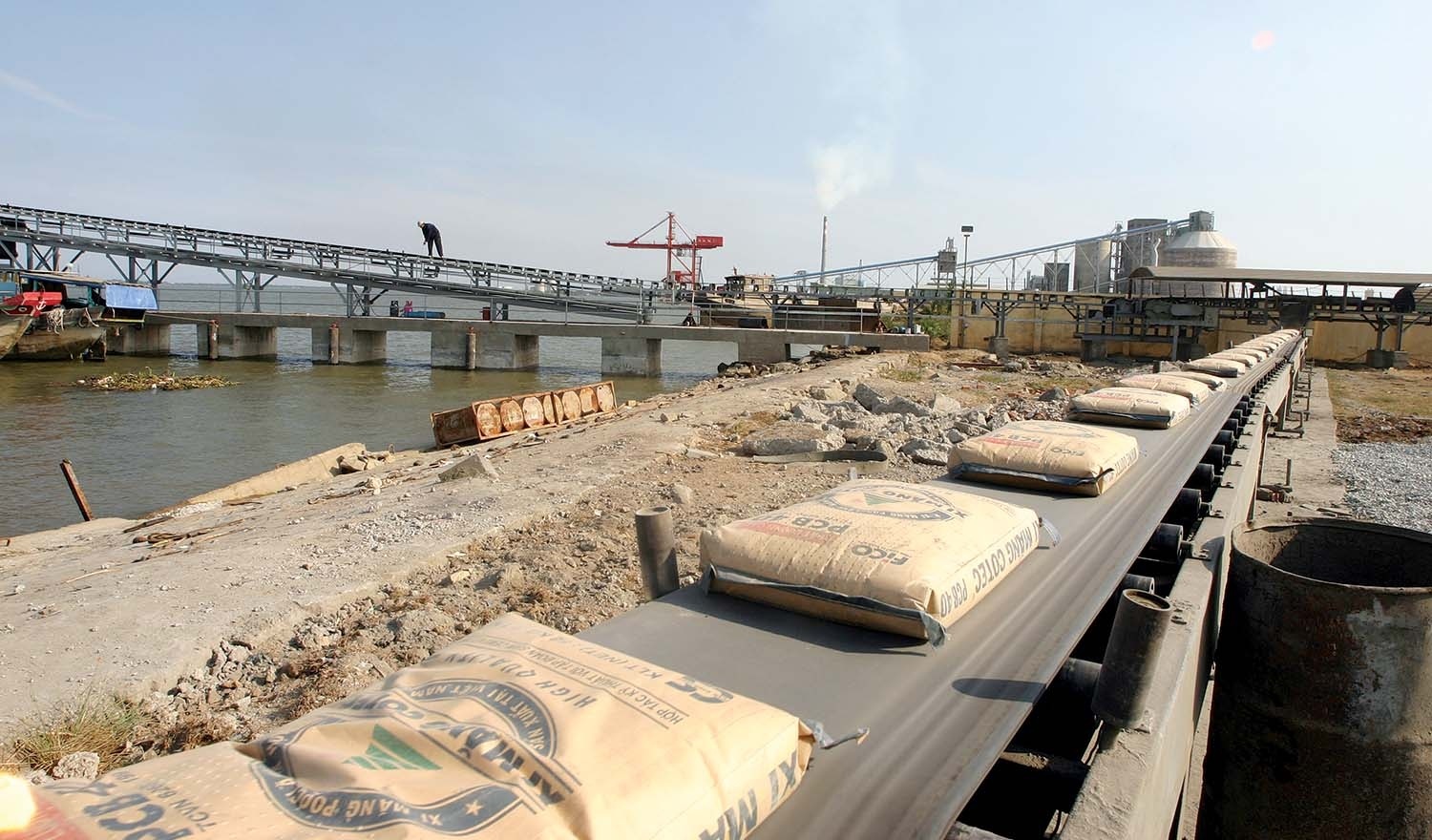
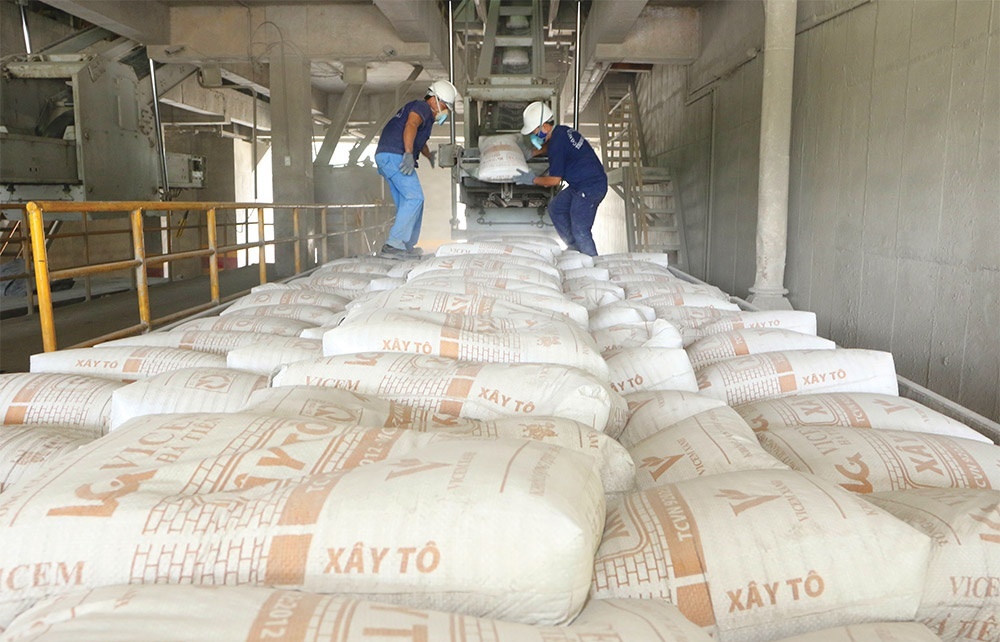
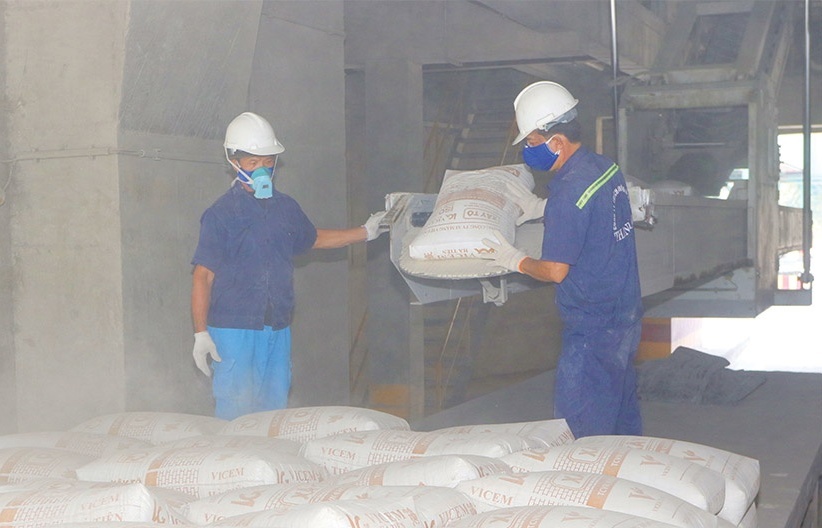
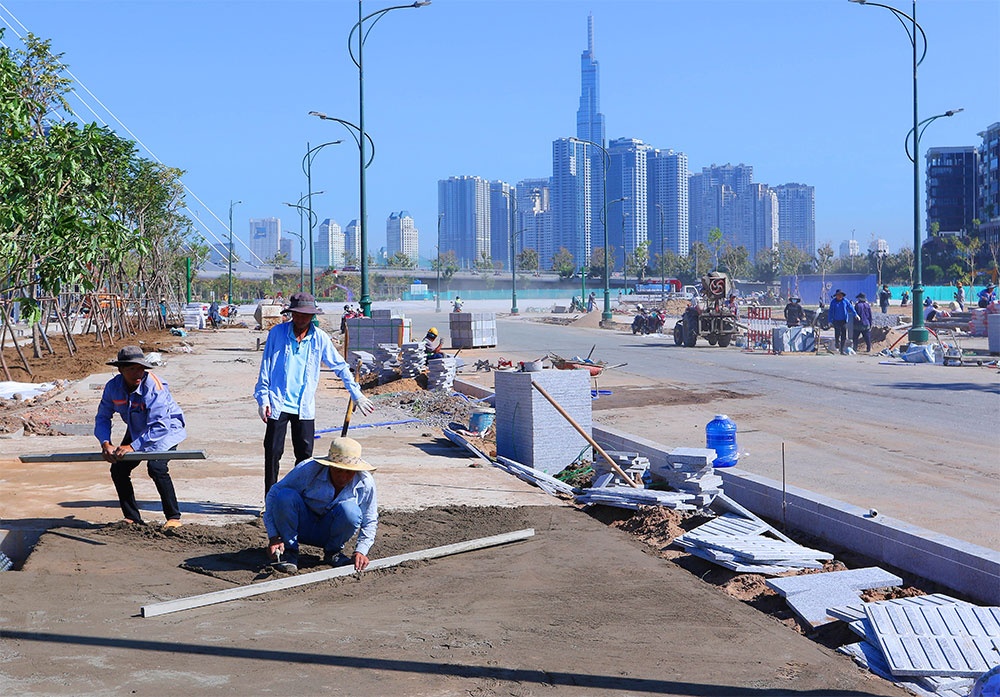
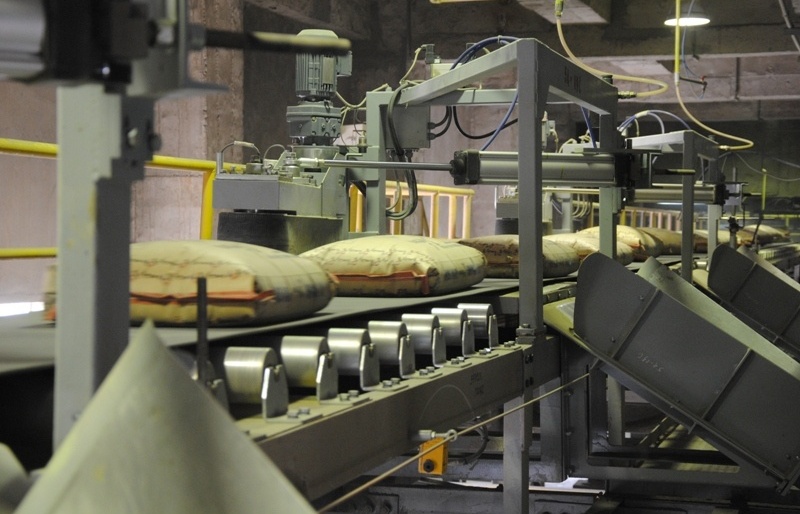
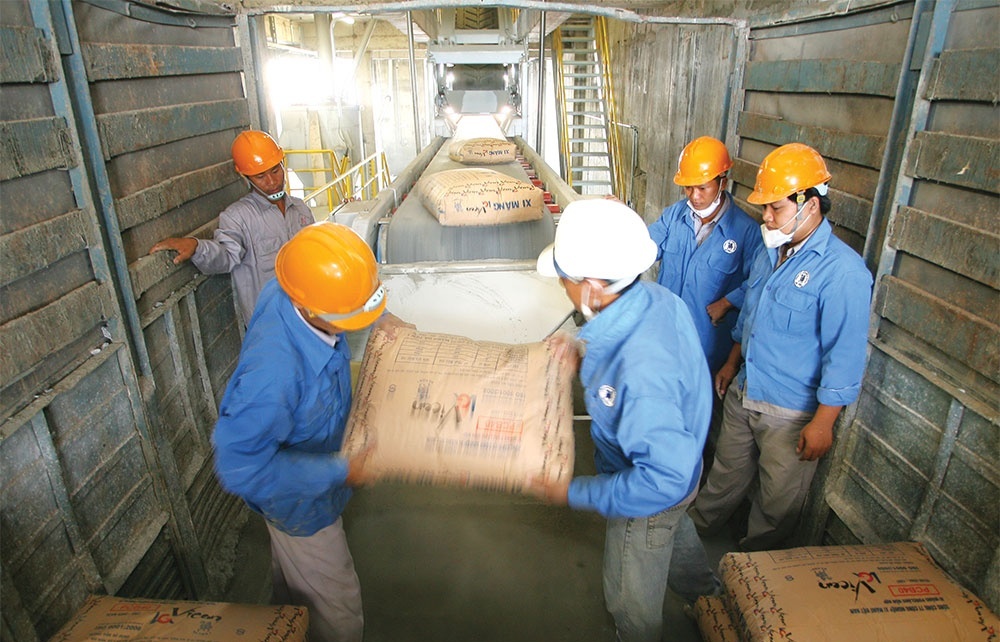
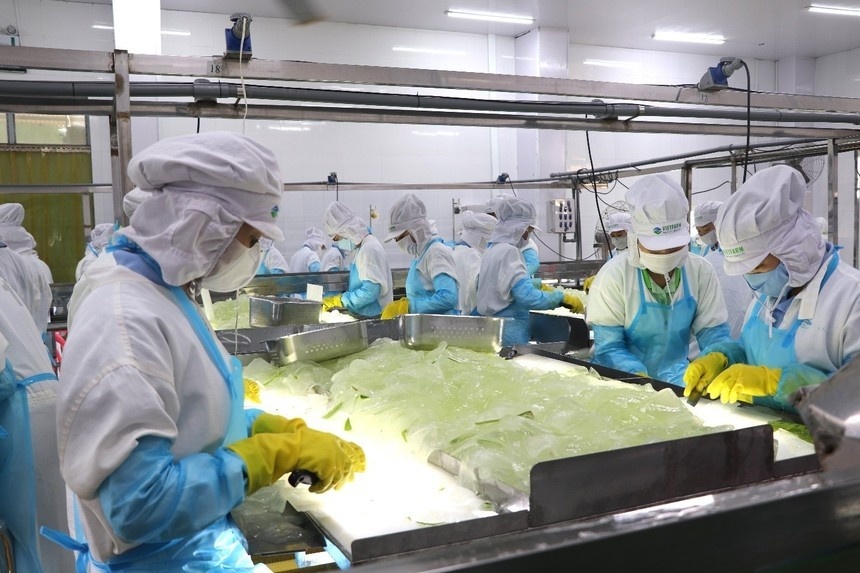
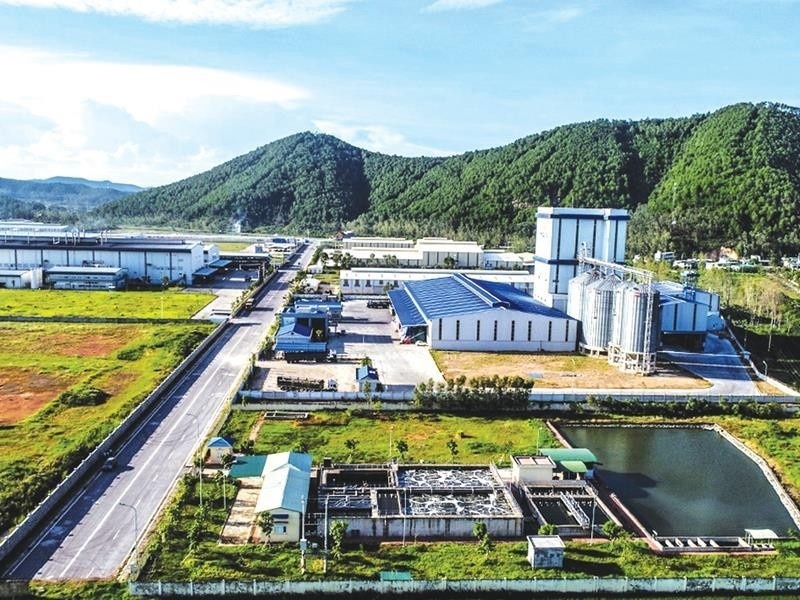
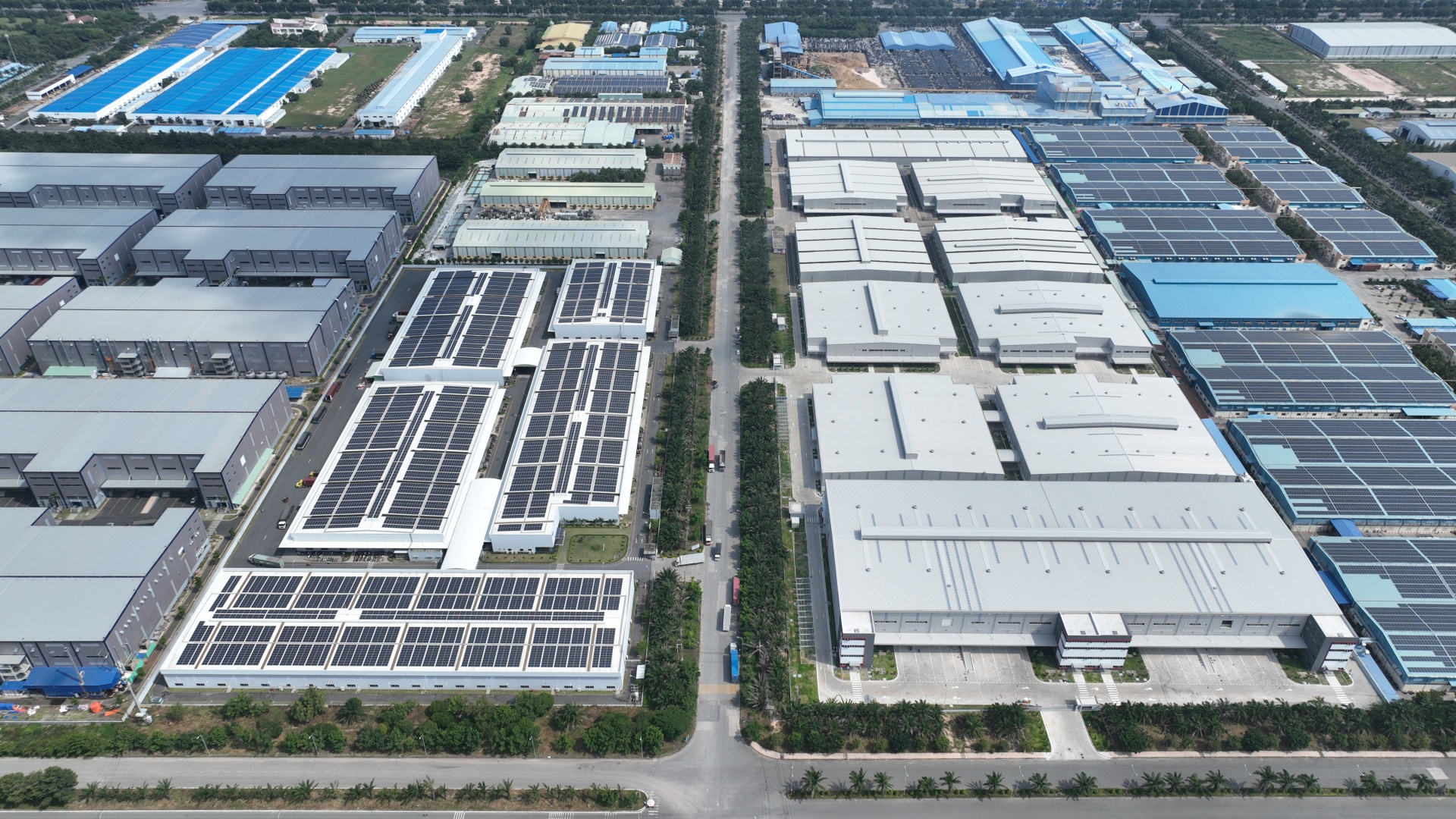


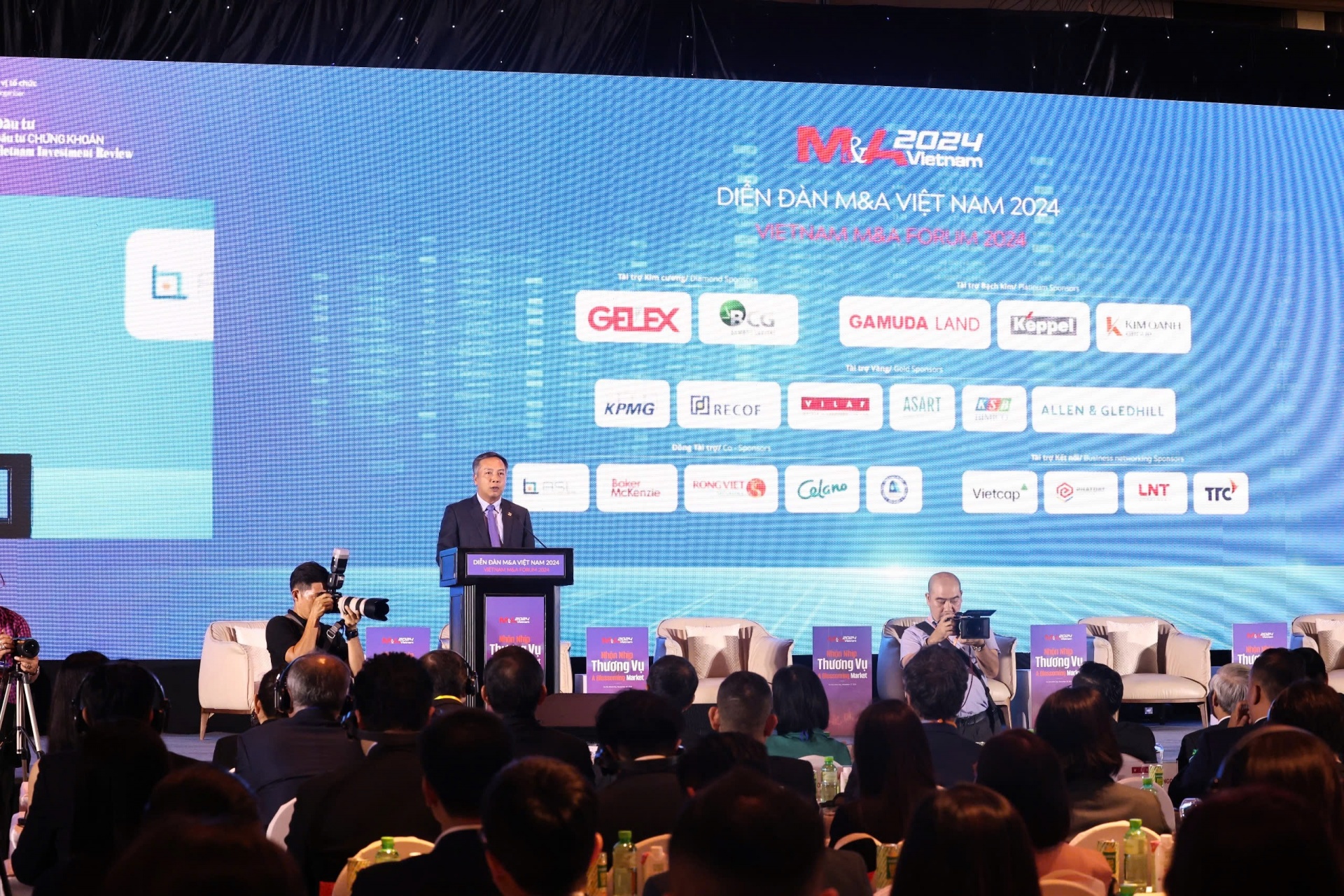



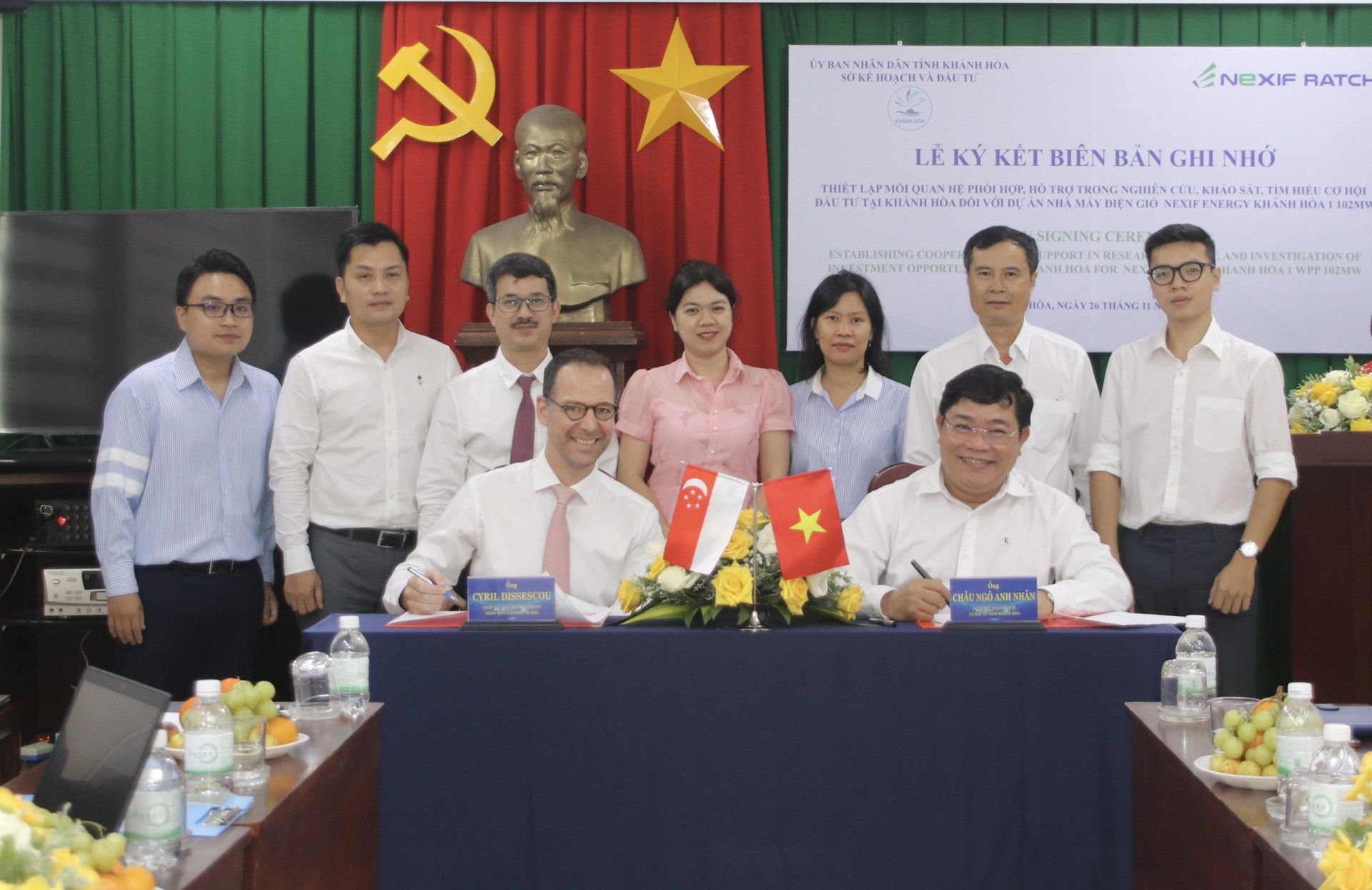

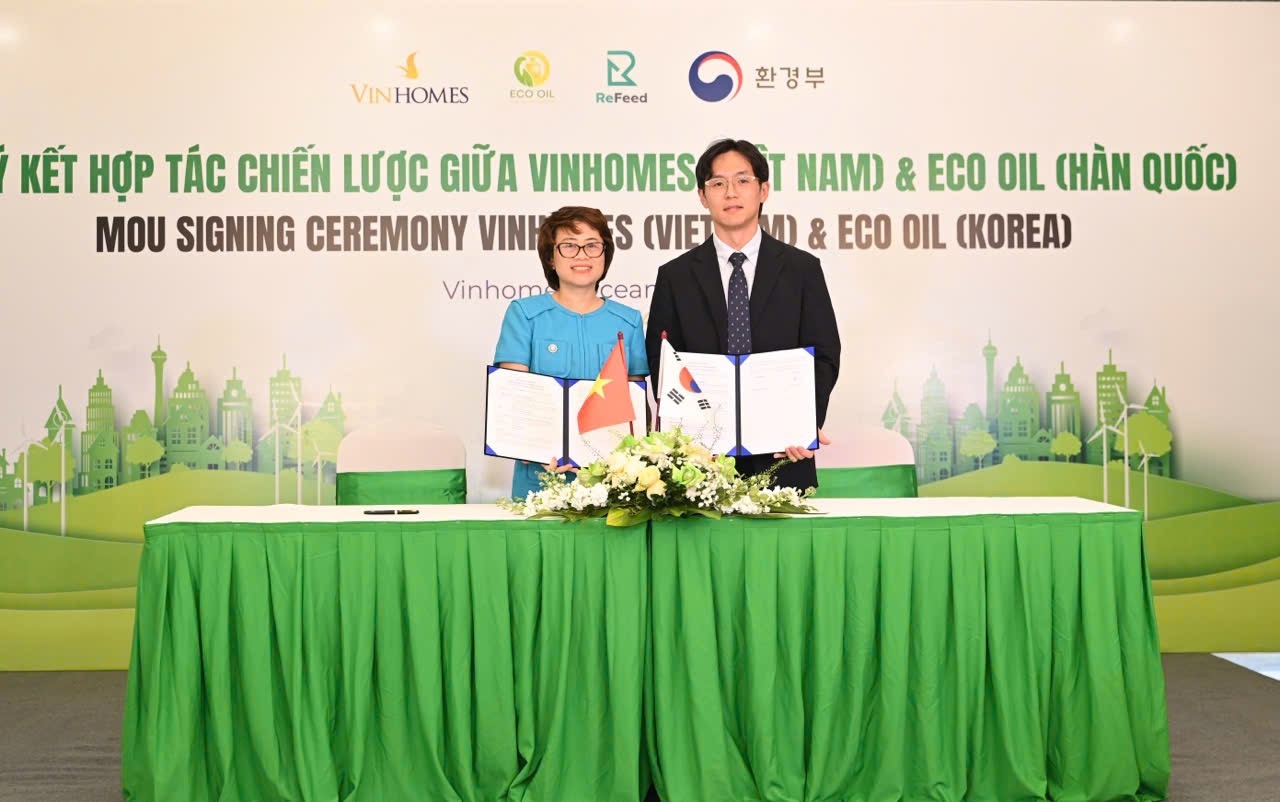



 Mobile Version
Mobile Version